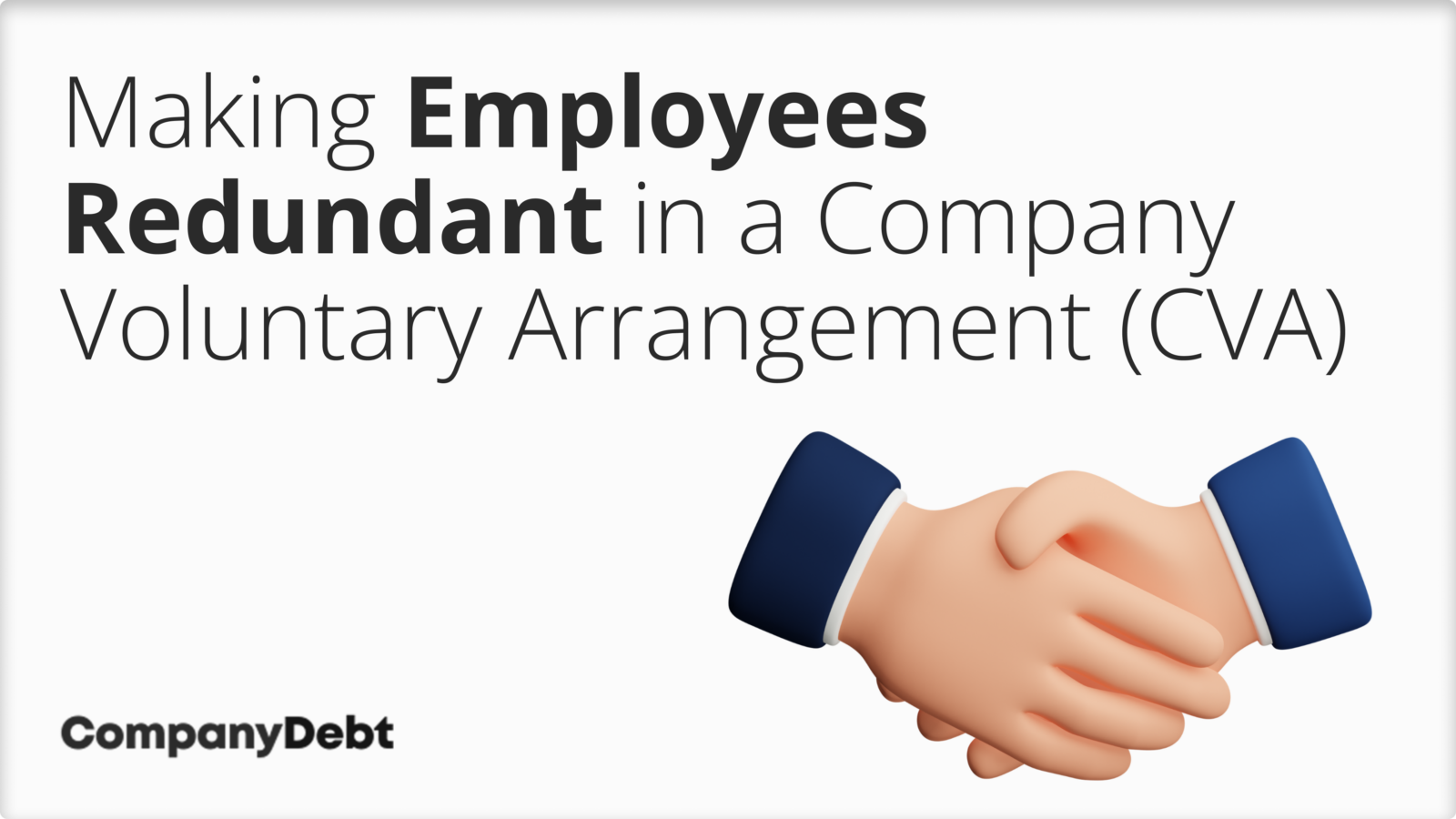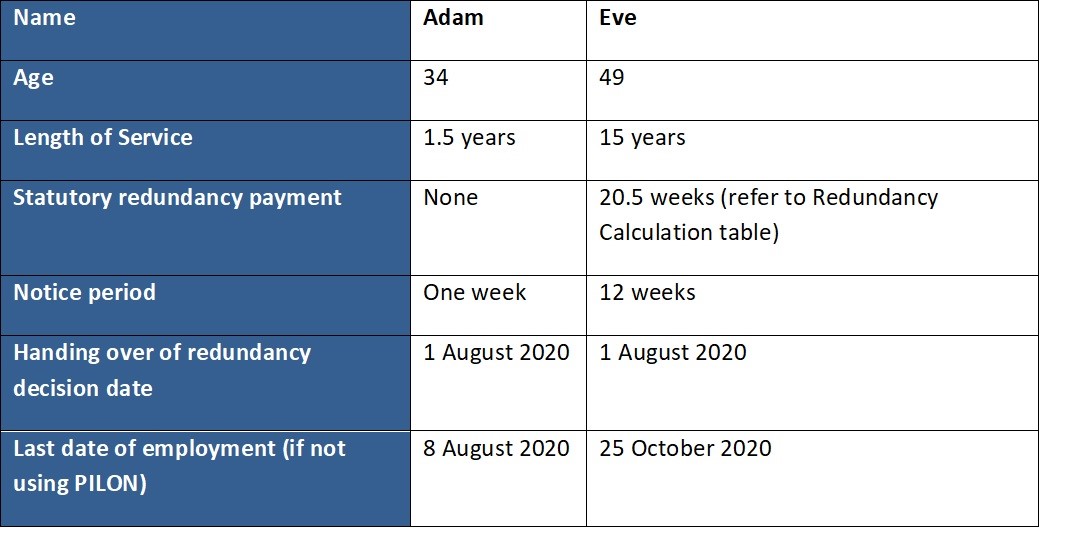What Happens to Redundancy If Company Goes Bust? A Guide to Your Rights
What Happens to Redundancy If Company Goes Bust? A Guide to Your Rights
Blog Article
Checking Out the Operational Dynamics of Business Redundancy and Its Long-Term Sustainability

Redundancy Strategies for Service Continuity
In order to guarantee uninterrupted procedures, businesses need to apply effective redundancy methods for business continuity. Redundancy in this context refers to the replication of crucial elements or functions within a system to alleviate the effect of prospective failures. By incorporating redundancy approaches, organizations can enhance their durability against interruptions brought on by various elements such as all-natural catastrophes, equipment failings, or cyber-attacks.
One common redundancy method is the execution of backup systems and information storage space solutions. This includes creating matches of necessary information and systems that can be turned on in case of a primary system failure. Furthermore, organizations can establish repetitive interaction channels and power sources to preserve connection and operations throughout unforeseen events.
In addition, cross-training employees to do several functions within the firm can act as a useful redundancy approach. This guarantees that crucial tasks can still be performed even if vital employees are inaccessible due to illness or other factors. On the whole, reliable redundancy methods are crucial for businesses to promote operational connection and lessen the effect of potential disturbances.
Impact of Redundancy on Business Strength
Provided the crucial function redundancy methods play in making sure service continuity, discovering the effect of redundancy on business resilience ends up being imperative for understanding the holistic operational dynamics of a firm. Business durability describes an entity's capability to adjust to interruptions, recuperate from setbacks, and transform when needed while keeping core features. Redundancy, when strategically executed, can dramatically add to boosting an organization's strength despite unexpected obstacles. By having back-up systems, personnel, or processes in area, firms can better hold up against shocks and continue operations with marginal disruption.
Moreover, redundancy can bolster staff member morale and confidence, recognizing that there are backup plans in position to deal with unpredicted conditions. This complacency can cause boosted efficiency and a much more favorable work environment. In addition, redundancy can cultivate technology and creative thinking within a company as staff members really feel equipped to take calculated risks, knowing that there is a safeguard to sustain them in instance of failing. On the whole, the effect of redundancy on organizational resilience is profound, shaping the lasting sustainability and success of a company.
Balancing Performance and Adaptability in Redundancy
Attaining a harmonious stability between functional effectiveness and adaptive flexibility is a crucial challenge in the critical implementation of redundancy within read the article companies. Effective procedures are vital for keeping efficiency and cost-effectiveness, making sure that sources are used ideally. Nonetheless, too much emphasis on effectiveness alone can lead to rigidness, making it difficult for companies to adapt to unanticipated changes or difficulties. On the other hand, flexibility enables companies to respond nimbly to progressing circumstances, cultivating innovation and durability. Yet, way too much flexibility without a strong operational structure can cause inefficiencies and variance.
To balance performance and adaptability in redundancy planning, companies have to meticulously examine their operational demands, market characteristics, and critical goals. Inevitably, discovering the appropriate stability between efficiency and adaptability is important for developing a resilient and sustainable company in the face of uncertainty.
Long-Term Sustainability Via Redundancy Planning
To guarantee long-lasting stability and security, companies must strategically align their redundancy planning with long-lasting sustainability goals, therefore balancing functional effectiveness with flexible flexibility. Business need to view redundancy not as a reactive remedy to prompt troubles yet as a proactive approach for long-term success.

Aggressive Measures for Sustainable Business Operations
Exactly how can firms proactively enhance their operational sustainability for long-lasting success? Implementing aggressive measures is important for business intending to make certain sustainable procedures. One vital strategy is to invest in innovation and technology to improve procedures, minimize waste, and remain affordable in the marketplace. Embracing lasting techniques such as lowering power intake, reducing carbon impact, and enhancing source application can not just benefit the environment but likewise result in cost savings in the future.
In addition, promoting a culture of continuous renovation and discovering within the organization can enhance flexibility to changing market conditions and consumer needs. Motivating employee participation in decision-making processes and providing possibilities for expert development can enhance morale, efficiency, and overall efficiency. Establishing clear objectives, monitoring vital efficiency indicators, and frequently assessing progression are crucial elements of proactive sustainability monitoring.
Working together with distributors, clients, and other stakeholders to advertise sustainable techniques throughout the supply chain can produce a causal sequence of favorable effect - redundancy pay if company goes bust. By taking proactive steps towards operational sustainability, business can build durability, drive development, and safeguard their long-lasting success in an ever-evolving business landscape
Verdict

In the world of organizational administration, the strategic release of company redundancy stands as a crucial yet complex technique that necessitates a fragile balance in between operational effectiveness and lasting feasibility. By dissecting the functional dynamics that underpin business redundancy and reviewing its more comprehensive effects for organizational durability and flexibility, a nuanced understanding of exactly how redundancy approaches can form the future trajectory of a business starts to unfold.Provided the critical function redundancy strategies play in ensuring organization continuity, exploring the effect of redundancy on business durability comes to be necessary for understanding the holistic functional you could try here dynamics of a business. On the whole, the impact of redundancy on organizational resilience is profound, forming the lasting sustainability and success of a company.
In final thought, comprehending the operational characteristics of firm redundancy is important for making certain long-term sustainability.
Report this page